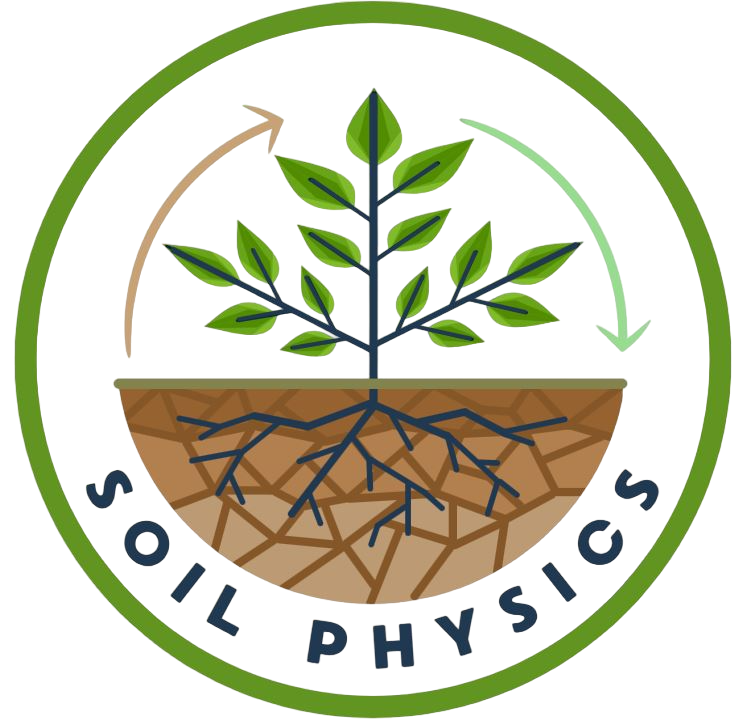| Zarebanadkouki, M; Ahmed, MA; Hedwig, Clemens; Benard, P; Kostka, Stanley J; Anders, Kastner; Carminati, A: Rhizosphere hydrophobicity limits root water uptake after drying and subsequent rewetting, (2018), doi:https://doi.org/10.1007/s11104-018-3677-7 | |
| Abstract: Background and Aims Recent experiments showed that rhizosphere of several plant species turns temporarily hydrophobic after severe drying and subsequent rewetting. Whether or not such hydrophobicity limits root water uptake is not known. Methods A set of experiments was performed to test whether rhizosphere water repellency negatively affects root water uptake. To this end, a commercial surfactant was used as a rewetting agent to facilitate the wettability of the rhizosphere of lupins (Lupinus albus) in a sandy soil. Lupin plants were grown in rhizoboxes and were subjected to a severe drying cycle. Then half of the plants were irrigated with water and half with the surfactant solution. Time-series neutron radiography technique was used to monitor water redistribution in the rhizosphere during irrigation. In a second experimental set-up, lupins were grown in a sandy soil partitioned in five vertical compartments separated by a 1-cm layer of coarse sand (acting as a capillary barrier). Water and surfactant were injected in different compartments and the rehydration of the root tissues beyond the irrigated compartments was monitored with neutron radiography for 2–3 h. Root rehydration rates were used to estimate the water fluxes across the root-soil interface. |

